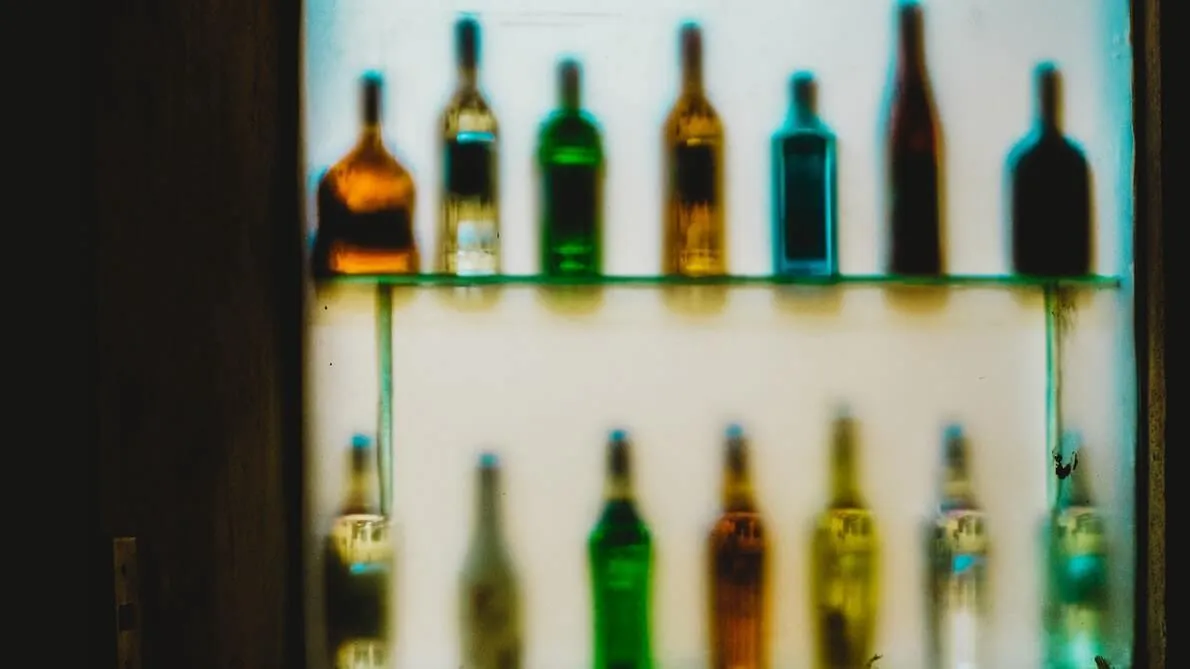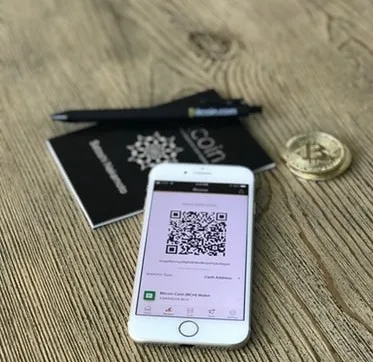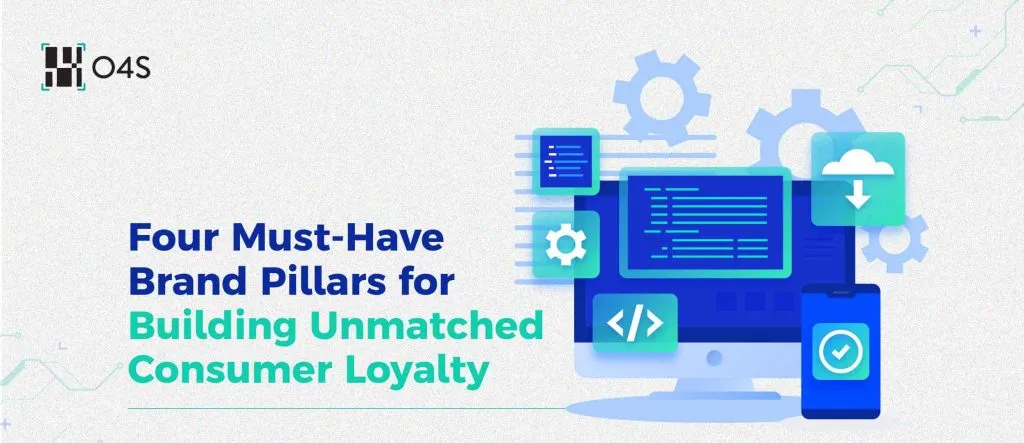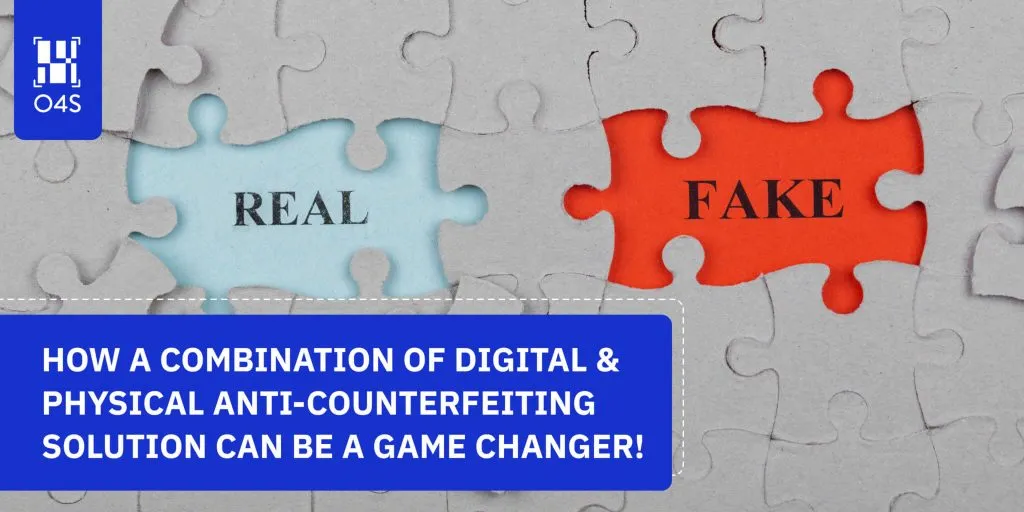Liquor or alcohol is considered as a sunrise product with its demand and production rising at substantial rates. It is estimated that the consumption of alcohol has increased by 70% between 1990 to 2017. People across the globe consumed 35,676 million litres of liquor per year in 2017, a number which was only 20,999 million litres per year in 1990. As per a recent study conducted to analyze the trends in alcohol consumption in 189 countries, it is estimated that the consumption of alcohol will continue to rise in the next 5–10 years.
One of the surprising revelations of the study threw light on the fact that consumption of liquor was reducing across Eastern Europe, but has been increasing in middle-income countries such as India, China, and Vietnam, among others. The per capita alcohol consumption reduced in Europe from 11.2 litres to 9.8 litres between 2010 to 2017, while during the same period it grew from 3.5 litres to 4.7 litres across Southeast Asia.
The story in India has not been any different with 8.9% annual increase in the consumption of liquor in the last six years. India is the third-largest liquor market with an estimated worth of 1.46 Trillion Rupees. The growth in social drinking and expanding middle class are a few of the top reason for the increase in consumption of liquor in India. However, with the rise of liquor consumption, there has been a significant increase in the production and sale of counterfeit liquor.
Counterfeiting in the liquor industry
The fraud in the liquor industry can vary vastly in the severity ranging from dilution of premium gin, vodka, or tequila with water to substituting the original product with cheaper alternatives including dangerous substitutes such as methanol or rubbing alcohol. The liquor industry’s problems with counterfeiting do not stop at a financial or brand-equity loss but can result in severe repercussion leading to loss of lives.
Some of the major fake liquor tragedies of recent times were loss of 32 lives in 2015, 40 in 2013, and hundreds of victims in 2011 in West Bengal. The loss of life can lead to a massive impact on the brands too, as was seen in 2018. Vat 69 and Smirnoff were banned from selling in the National Capital for two years due to the company’s alleged usage of duplicate barcodes which could be misused.
The existing liquor taxes and ‘sin taxes’ imposed on liquor lead to a rise in price and are considered motivation for counterfeiting. High prices are also considered motivation for the buyers to purchase cheaper substitutes knowing that it could be dangerous for their health. However, against the common belief, most buyers are not aware that they are purchasing counterfeit alcohol.
A Global Phenomenon
Counterfeiting in the liquor industry is not just an Indian problem, but a global catastrophe. As per a study published by the International Alliance for Responsible Drinking, 28% of total liquor in Brazil, 34% in Mexico, and 66% in Mozambique was counterfeit. In 2013, Russia sold 9.9 million more bottles of Whiskey than officially imported. It is also estimated that 30%-50% of total alcohol sales in Russia is that of illicit vodka.
Fake bottles have also been found to be manufactured and used in many parts of the world, indicating that counterfeiters may even have industrial-scale capabilities. The problem of fake wine has been rampant in China, with estimates hinting that close to 2 million fake bottles were being manufactured annually in China. In the UK, 50 million litres of counterfeit alcohol have been seized in a single year by HM Revenue and Customs (HMRC). Financial losses in the UK are estimated at around £218 million a year due to the sale of fake liquors.
Counterfeiting of liquor has also claimed many lives on a global scale. A simple search of ‘death from counterfeit alcohol’ throws up several reports with an alarming number of fatalities. Fake alcohol has claimed 140 lives in Indonesia, 72 in Siberia, 100 in Libya, 60 in Iran, and across most countries in the world. With such a massive problem, stakeholders across the world are working on and trying to find a solution to combating this menace.
Next-Gen Solutions
With counterfeiters becoming tech-savvy and even setting up manufacturing plants as we saw in the case of Russia, it is time for organisations to look towards upcoming technologies to solve one of the oldest and dreaded problems of the liquor industry. Tech-based solutions certainly have the potential to become the saviour the industry needs!
The first step should be to secure the supply chain by serializing every liquor bottle that leave the factory. This can be done by simply embedding a QR code containing multiple sets of information on the product packaging which can then be used to track the product during its entire journey in the supply chain. This QR codes can then also be utilised by the end consumers to authenticate their purchase.
The QR code allows your organization to closely track the inventory. Thus, enabling you to optimize it to maintain optimum stocks across distributors and retailers. This information will also empower your organization to garner a greater understanding of its distribution network. Using these QR codes is simple and scalable with minimal addition to costs. The costs are negligible compared to the revenue losses due to the sale of counterfeits.
The same solutions that are used for preventing the sale of counterfeit liquor and securing your organization’s supply chain can also be used to create an ecosystem beyond the bottles. These can be used by the marketing function of your organization to turn your products into platforms and interact with your customers like never before. This opens new opportunities for customer engagement and delivering a better consumer experience.
Conclusion
The problem of counterfeiting in the liquor industry is equally alarming as in any industry. Repercussions being beyond just usual loss in revenues. Fake liquor reaching the end-user will not only put the consumers’ lives in jeopardy but will also have an irreparable impact on the brand. The solution lies in a 360-degree approach with all the stakeholders including the government and the consumers working together to fight counterfeiting. Using next-gen technological solutions and ensuring consumer awareness are the fundamental steps that can address the grave issue of counterfeiting in the liquor industry.



